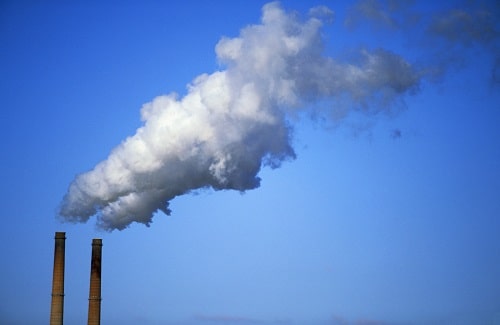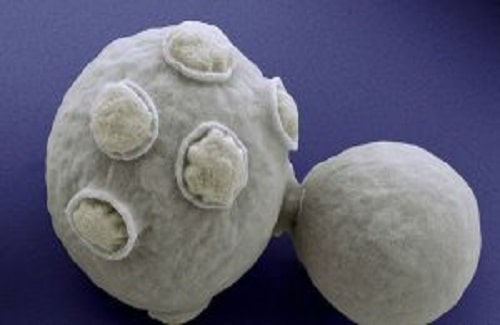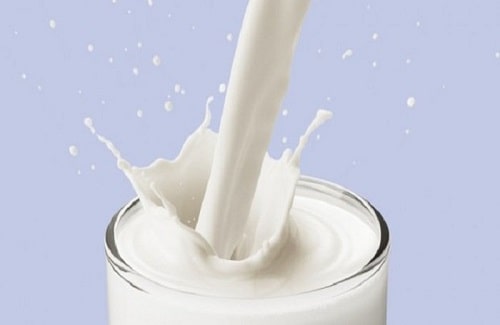General electrical safety
In the electricity industry, if the safety of public electricity is not observed, the risk of electric shock is inevitable. Therefore, before touching the wires or electrical devices for repair or any inspection, the electricity must be cut off in the circuit and make sure that there is no electricity and the presence or absence …











